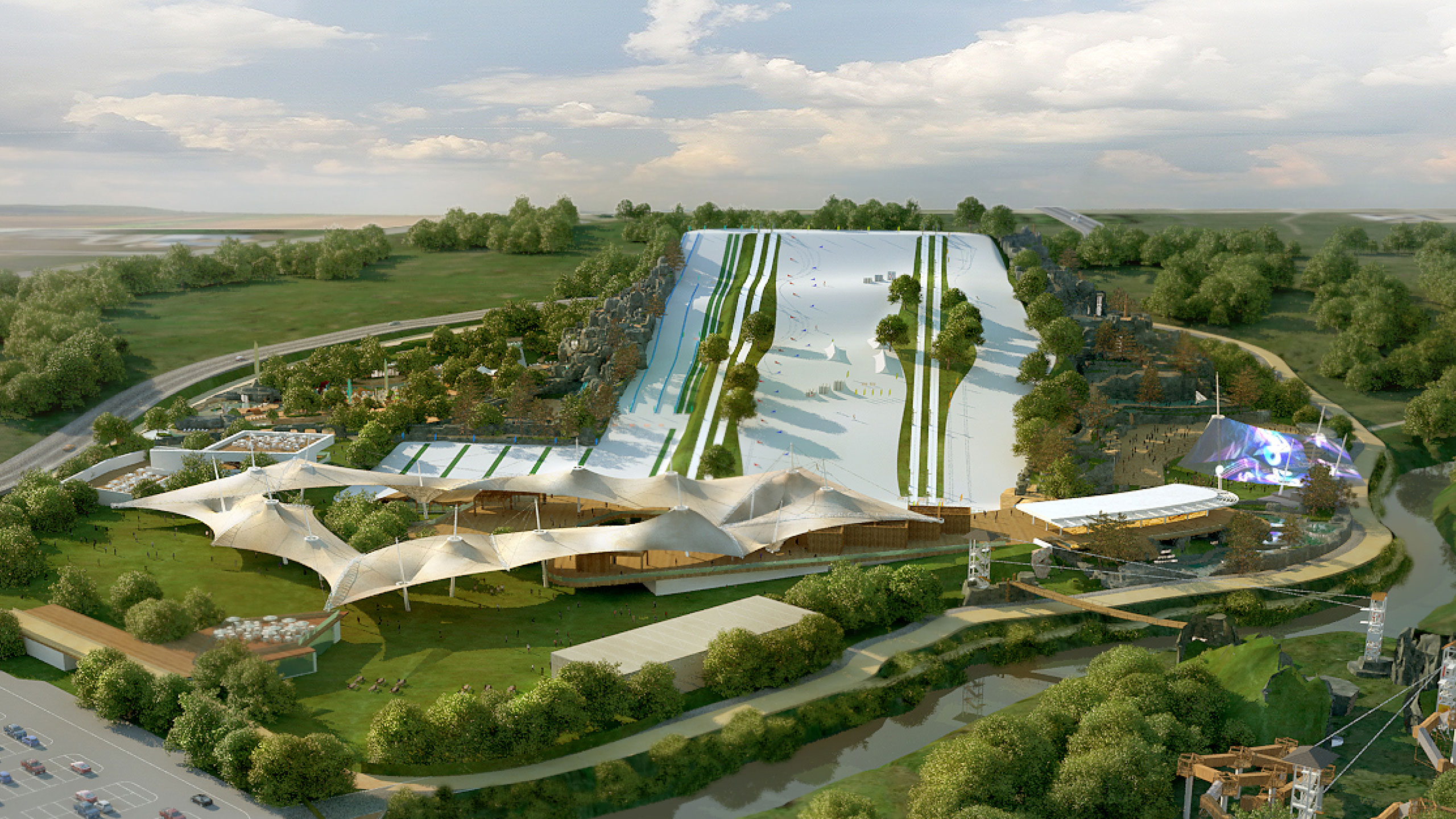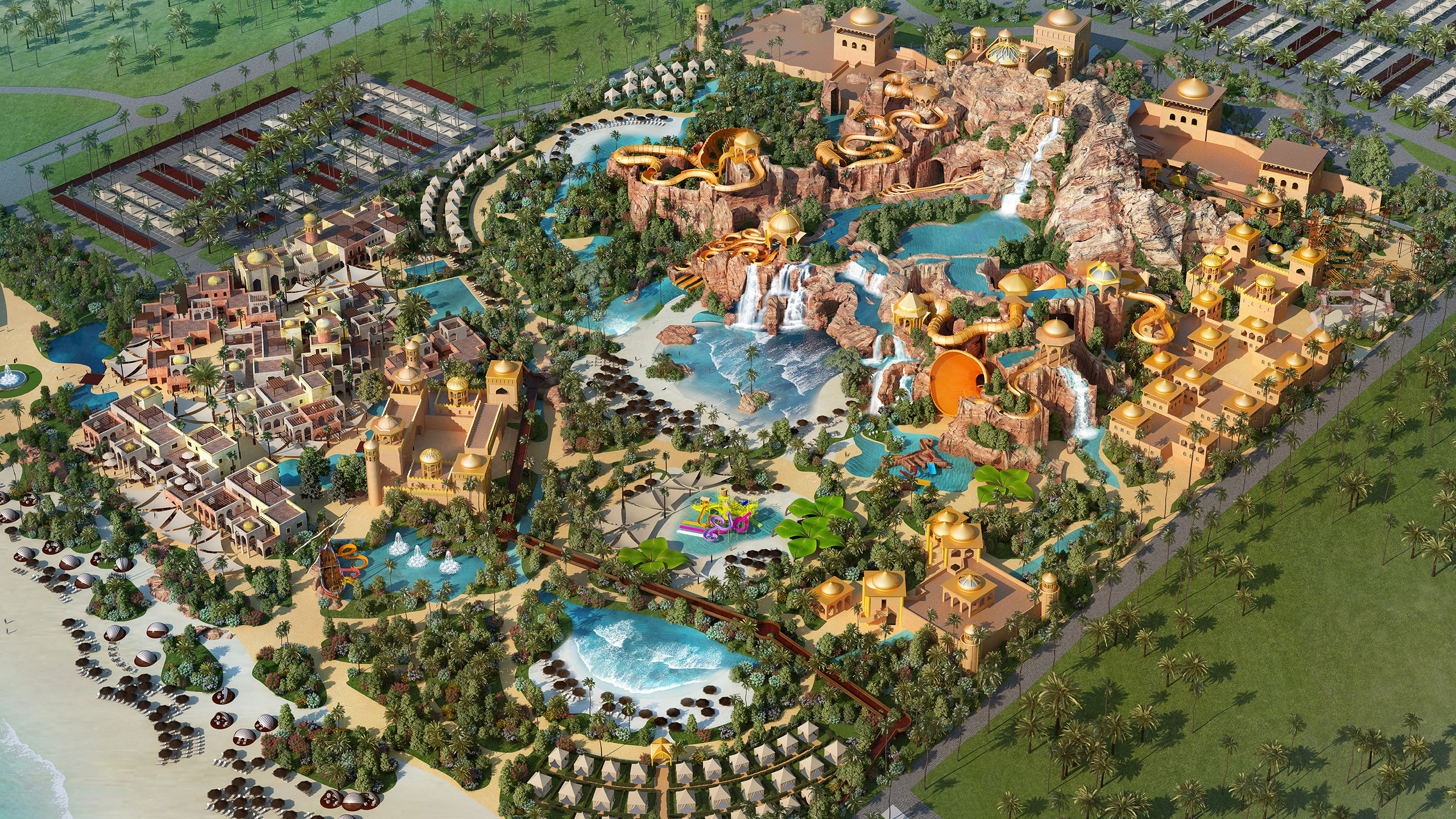Sustainability and environmental responsibility is nowadays a key issue in many aspects of human activity. It is too in architecture and construction and also, as far as Amusement Logic and the subject of this article is concerned, when it comes to the design and construction of water parks, whether in hotels and resorts, campsites, shopping centres or leisure and tourism facilities.
Sustainable practices related to the design and construction of attractions and water parks relate to the choice of building materials and the efficient use of water and energy. For example, certified wood or recycled materials have less environmental impact than traditional materials. During design, attractions are optimised down to the millimetre in order to minimise the use of water and the energy required to operate them.
But it is not only during the design and construction of a water park that sustainability criteria are applied. Operators, developers and owners of hotels and resorts, campsites, shopping centres and leisure and tourism facilities also take them into account during their daily operation. Common sustainable practices include the use of solar energy to reduce dependence on fossil fuels, rainwater harvesting, recycling and waste reduction. These practices are not only beneficial for the environment, but also improve the operational efficiency of the water park and therefore also save operational costs.
Water park operators, developers and owners sometimes use international bodies to audit their attractions and facilities. In doing so, they assure their guests, visitors and users that they comply with sustainability standards. In other cases, they establish so-called Key Performance Indicators (KPIs). These are parameters that serve to evaluate the solutions that a company such as Amusement Logic, which specialises in the design and construction of stand-alone water parks, or as part of a hotel or resort, campsite, shopping centre or other leisure and tourism facility, implements in relation to the various aspects of sustainability.
In any case, here is a list of measures that we can choose from to make a water park a more sustainable facility:
With regard to external thermal comfort:
- Attenuation of the “heat island” effect and limitation of the solar reflectance index (SRI) of pavements.
- Establishing a minimum amount of shade to be provided by the park.
In terms of landscaping design:
- Energy-saving outdoor lighting, and light levels adaptable to the use of each area at specific times.
- Rainwater collection and reuse.
- Selection of plant species with low water consumption and high shading capacity.
In terms of reducing energy demand:
- Use of enclosures with appropriate thermal insulation in buildings.
- Design of highly efficient MEP (Mechanical, Electrical and Plumbing) systems powered by renewable energy sources.
- Passive design, in which architectural elements, orientations, cantilevers and spans are designed in response to the climatic conditions of the environment.
With regard to the reduction of water consumption:
- Reuse of rainwater and faecal water.
- Use of low consumption MEP systems, with metering and saving devices.
- Selection of plant species with low consumption.
- Design of hydraulic filtration systems with water-saving technologies.
In terms of the use of sustainable materials:
- Use of local materials, reducing transport needs.
- Use of recycled materials.
- Use of materials obtained from renewable sources or accredited as such.
- Use of materials with low greenhouse gas emissions.
- Use of cooling and fire extinguishing systems with environmentally friendly gases.
For indoor health:
- Natural and cross ventilation systems.
- Prevention of legionella outbreaks.
Finally, for sustainable operations:
- Waste and residue management during construction.
- Waste and residue management during daily operation.
- Monitoring of consumption and automation of energy-consuming devices.
- Requirement of sustainability policies from all the agents involved in the design, construction and useful life of the water park.
By Manolo Barberá, senior hydraulic modeller in Amusement Logic’s Architecture Dept.







